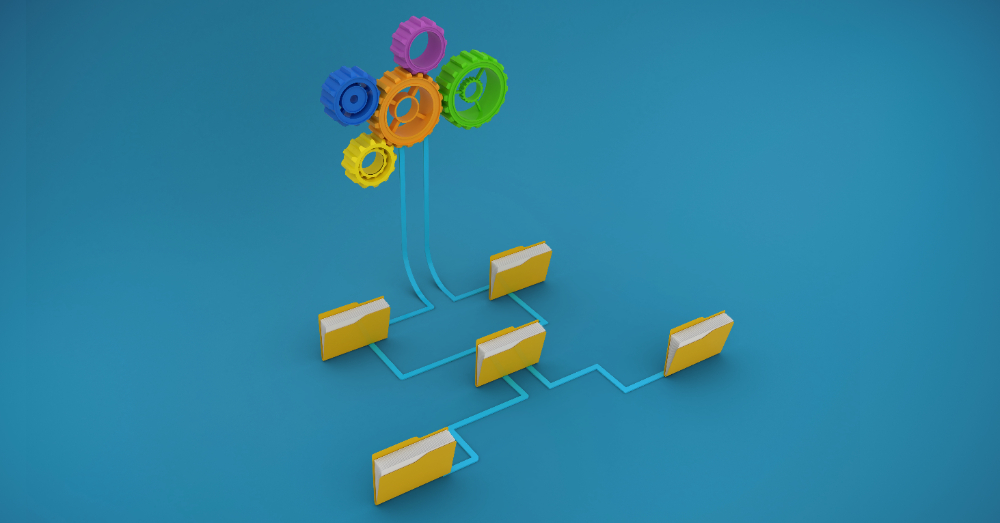In the fast-evolving SaaS landscape, effective data management is no longer just an operational requirement—it’s a competitive differentiator. Integrating artificial intelligence (AI) into cloud-based data pipelines is becoming essential for SaaS companies to harness real-time insights, optimize performance, and maintain compliance in a heavily regulated world. However, building these pipelines is a complex challenge that demands strategic vision and technical precision.
This guide provides a roadmap for CIOs, CTOs, and CDOs to conceptualize, build, and scale AI-powered data pipelines, turning data into a strategic asset.
1. The Beginning: Conceptualizing the Data Pipeline
Understanding Core Needs
A successful AI-powered data pipeline begins with a clear understanding of the SaaS product’s data requirements.
-
Data Types: Identify the structured and unstructured data your product will handle, such as customer interactions, IoT data, or transactional logs.
-
Workflows: Map workflows where data flows through ingestion, processing, and consumption.
-
Use Cases: Define specific objectives like predictive analytics, real-time personalization, or operational automation.
Navigating Data Locality and Compliance
Regulations like GDPR and CCPA impose strict guidelines on data storage, transfer, and processing. CIOs and CTOs must ensure compliance by:
-
Storing data in region-specific data centers to adhere to local laws.
-
Partnering with cloud providers offering compliance-ready infrastructure.
Securing Data Through Classification
Effective data classification is vital for securing sensitive information:
-
Classify data based on sensitivity (e.g., PII vs. non-PII).
-
Implement access controls and encryption mechanisms tailored to data sensitivity levels.
2. The Build: Integrating AI into Data Pipelines
Leveraging the Cloud
Cloud platforms provide scalability, flexibility, and cost-efficiency, allowing SaaS companies to build robust AI-driven data pipelines without the overhead of maintaining physical infrastructure.
Key Technologies in AI-Powered Cloud Data Pipelines
-
Data Ingestion: Use tools like AWS Kinesis or Google Pub/Sub to collect data in real-time from diverse sources.
-
Data Storage: Opt for storage solutions tailored to your data needs:
-
Data Lakes for raw, unstructured data.
-
Data Warehouses for structured data requiring complex queries.
-
Scalable Databases for fast, real-time data access.
-
-
Data Processing: Implement batch and stream processing to handle historical and real-time data.
-
Data Consumption: Use BI tools, AI-powered services, and self-service analytics for actionable insights.
3. Overcoming Challenges in Real-Time Data and AI Integration
Real-Time Data Access
Real-time processing is critical for customer-facing applications that require instant responses. To achieve this:
-
Use streaming platforms like Apache Kafka or AWS Kinesis.
-
Optimize AI models for low-latency predictions.
Data Quality and Context
AI accuracy relies on high-quality data. Address issues by:
-
Implementing validation tools to detect and correct data errors.
-
Training models with context-aware data to ensure relevance and accuracy.
4. Scaling for Long-Term Success
Building for Scalability
As SaaS products grow, data pipelines must handle increasing data volumes without compromising performance. To future-proof systems:
-
Leverage cloud platforms like AWS, Google Cloud, or Azure for elastic scalability.
-
Use automation tools for data cleansing, enrichment, and predictive analytics.
Enhancing Security
As the system scales, security risks also increase. Adopt:
-
Role-Based Access Control (RBAC): Restrict access to sensitive data based on user roles.
-
Encryption Protocols: Encrypt data both at rest and in transit.
-
Monitoring Tools: Detect and mitigate unauthorized access or anomalies.
5. Best Practices for SaaS Product Leaders
Start Small, Scale Gradually
Begin with specific use cases to validate AI pipeline designs. Incrementally expand the pipeline’s capabilities based on real-world feedback.
Foster Continuous Learning
Encourage teams to stay updated on AI advancements and experiment with emerging technologies to enhance system efficiency and innovation.
Future-Proof Your Infrastructure
Invest in modular, flexible architectures that can adapt to evolving business needs and regulatory landscapes.
6. Leveraging Virtual Delivery Centers (VDCs) for Pipeline Development
A Virtual Delivery Center (VDC) offers SaaS companies the agility and expertise needed to develop scalable AI-driven data pipelines.
Benefits of VDCs:
-
Access to Global Talent: Engage experts specializing in AI, cloud infrastructure, and data security.
-
Cost-Efficiency: Scale resources dynamically, avoiding the expenses of physical infrastructure.
-
Agility: Accelerate development and deployment with pre-vetted teams.
-
Resilience: Use cloud-based operations to ensure business continuity during disruptions.
Example Application:
A SaaS company deploying a real-time analytics platform could use a VDC to build a pipeline capable of processing high-velocity data streams while ensuring compliance with GDPR.
7. Conclusion: Turning AI-Powered Pipelines into Competitive Advantage
In the SaaS industry, AI-powered cloud data pipelines are no longer optional—they are essential for staying competitive. By addressing challenges like scalability, real-time processing, and compliance, and leveraging cloud technologies, SaaS leaders can unlock the full potential of their data.
Integrating AI into data pipelines allows organizations to:
-
Deliver real-time insights.
-
Enhance customer experiences.
-
Drive smarter decision-making.
-
Scale effortlessly with business growth.
By embracing a strategic approach, leveraging automation, and utilizing Virtual Delivery Centers, CIOs, CTOs, and CDOs can turn data pipelines into engines of innovation and growth.

